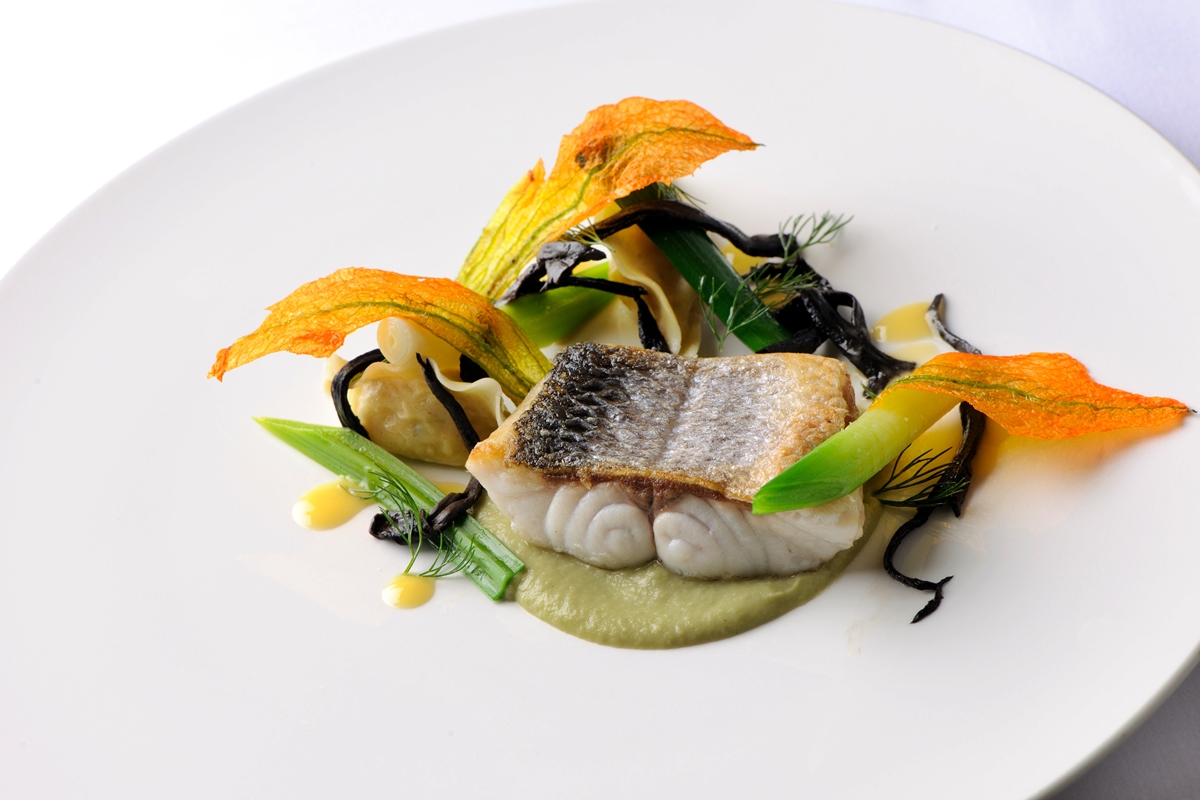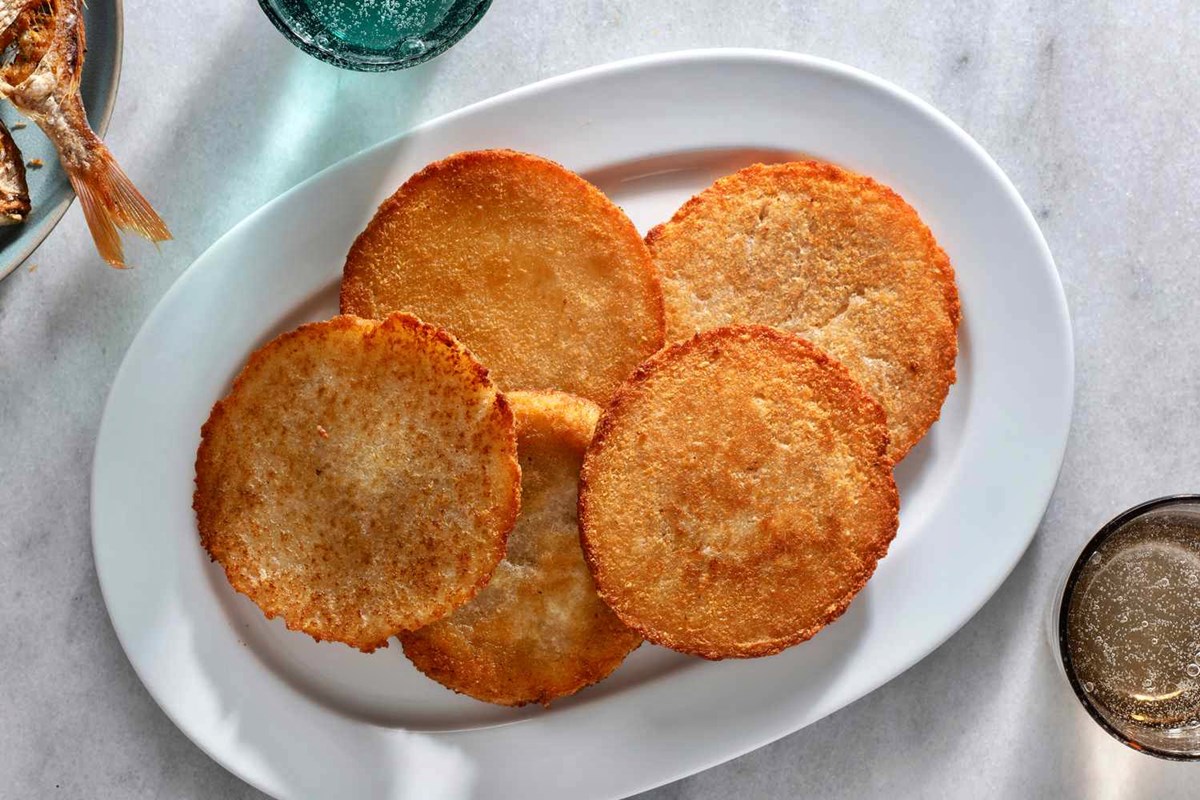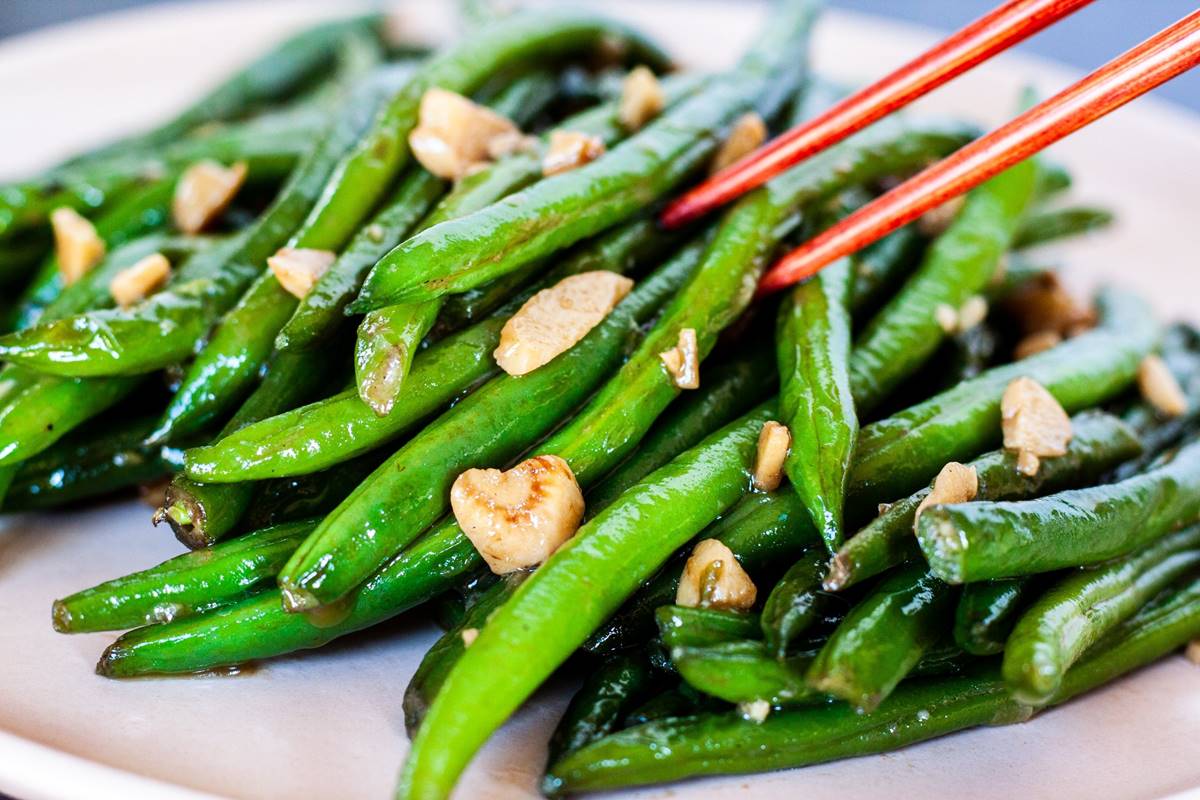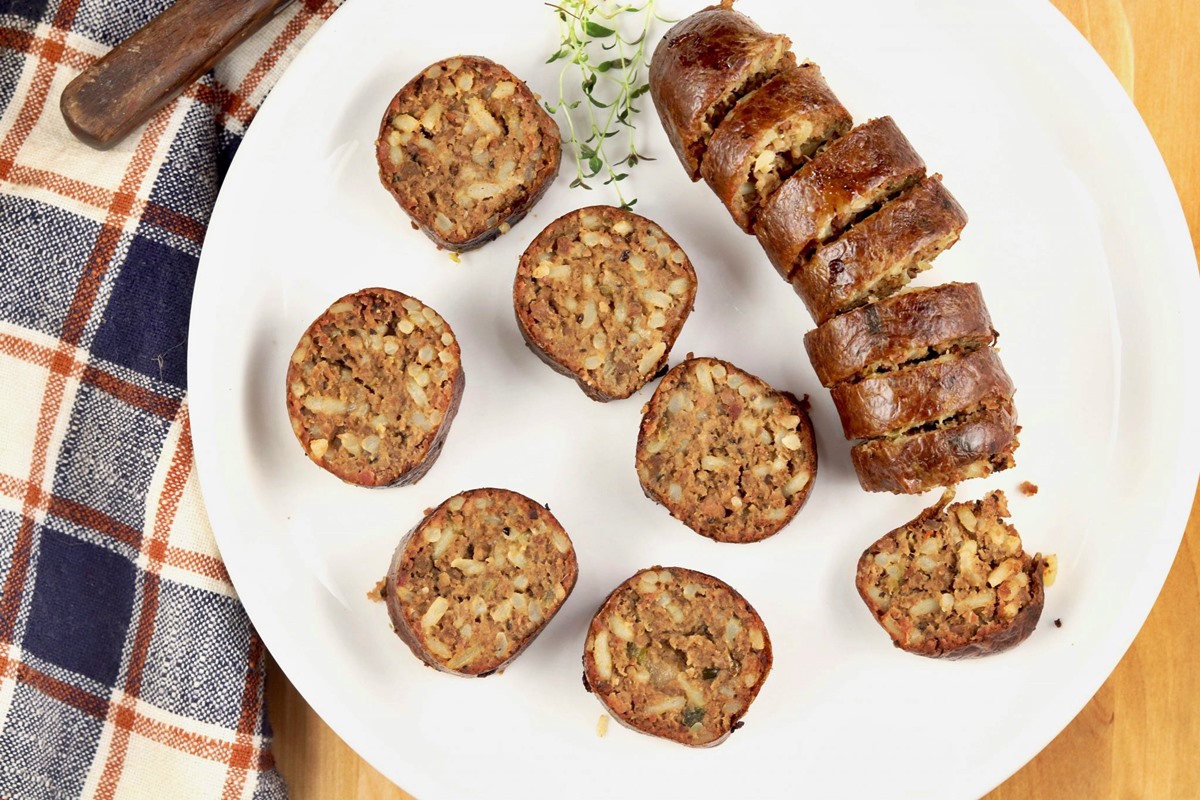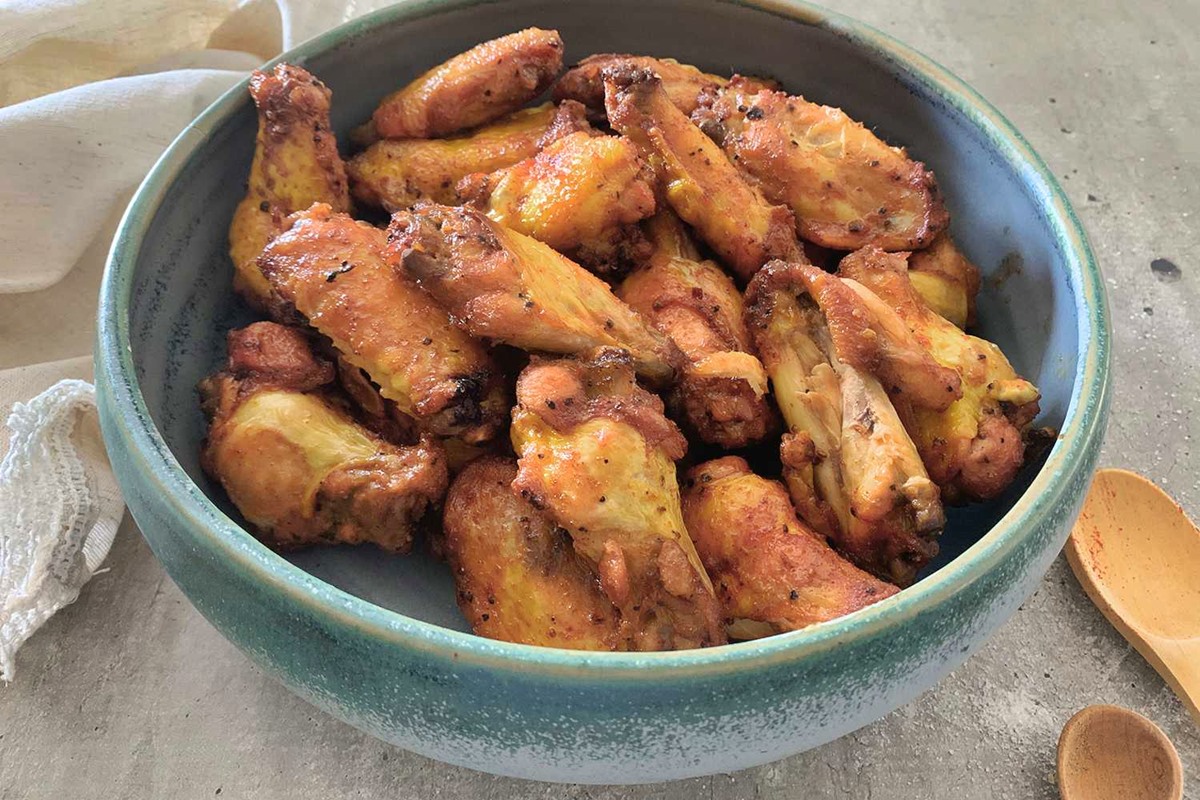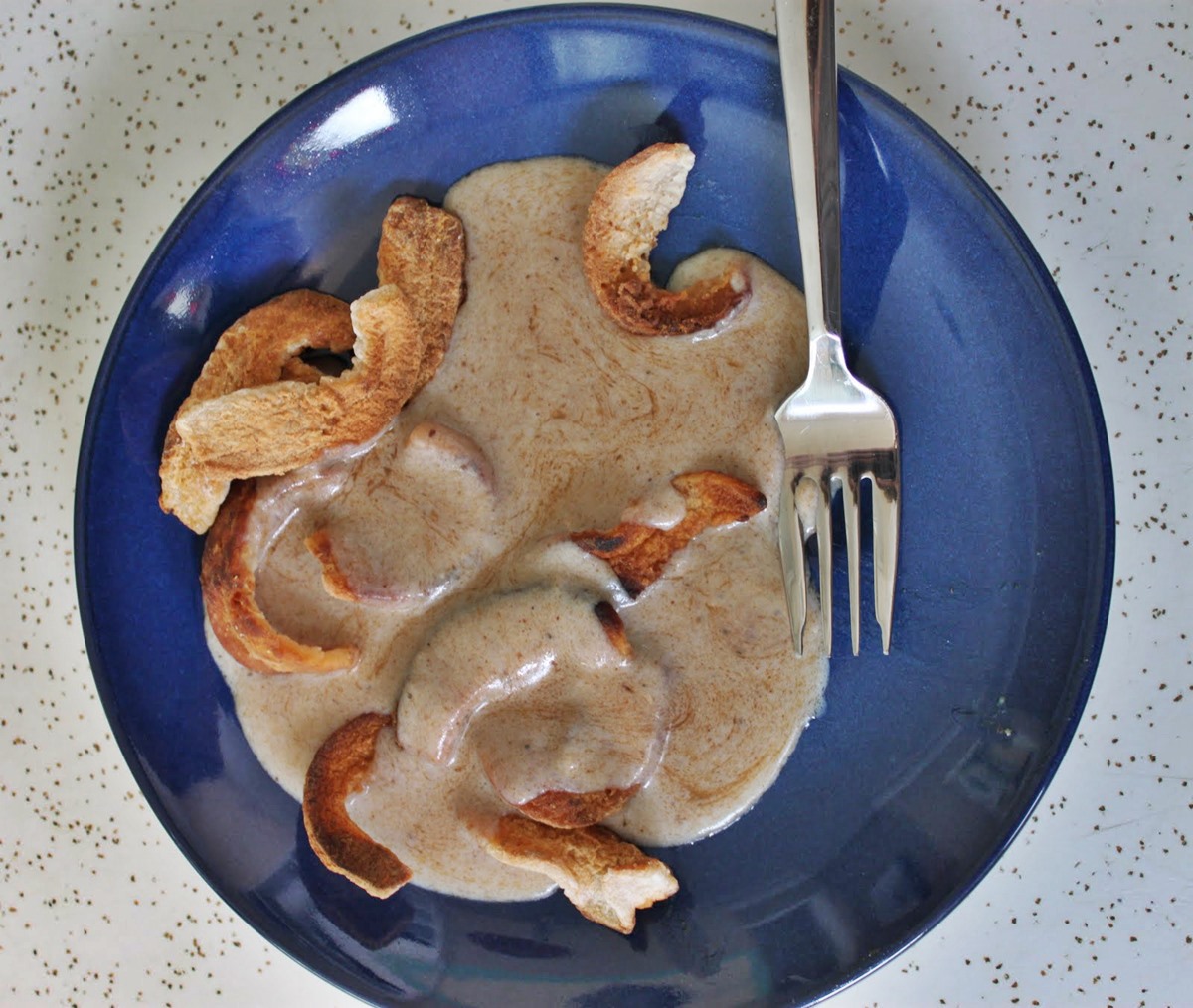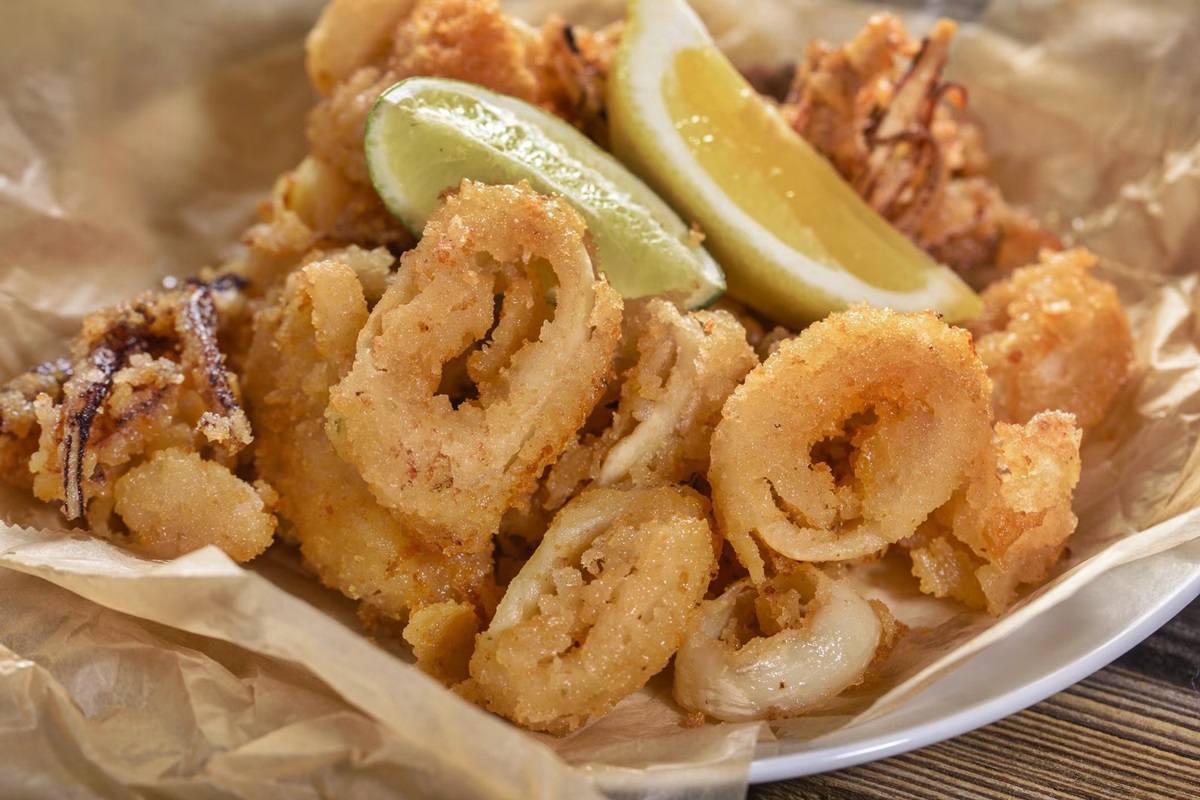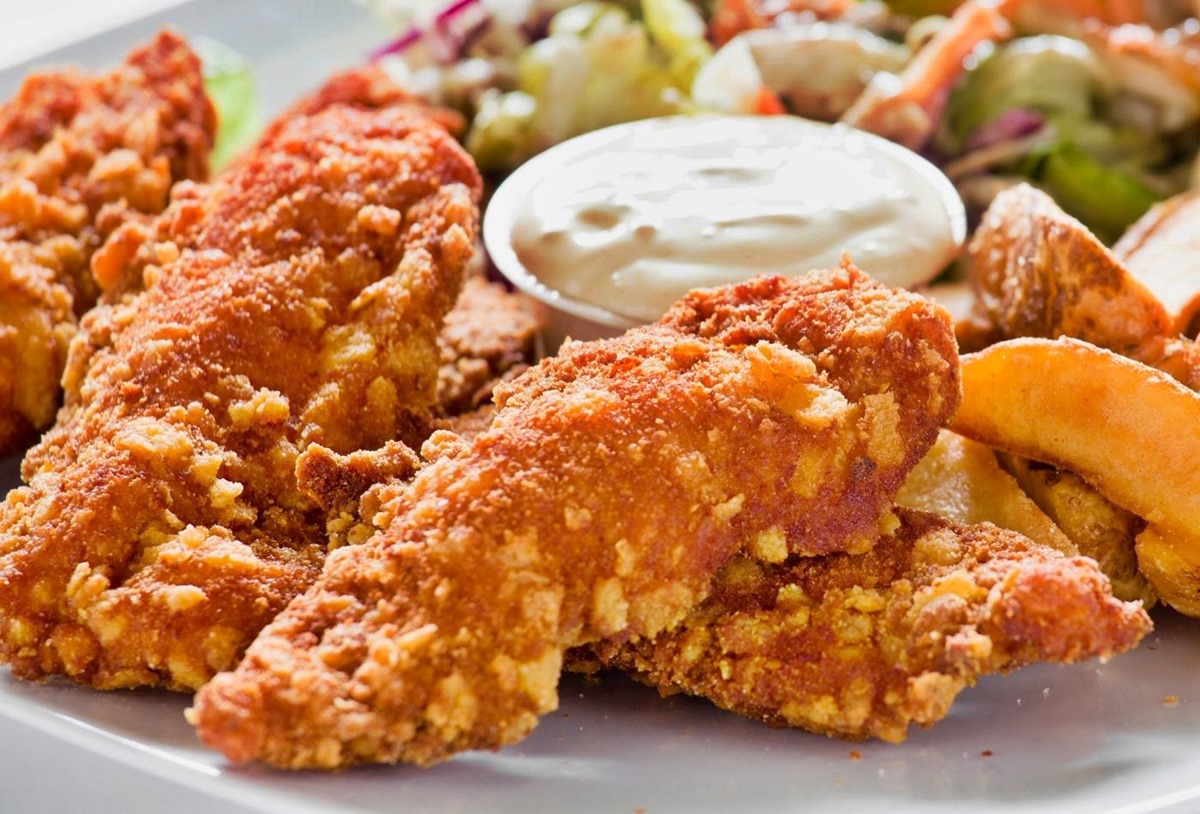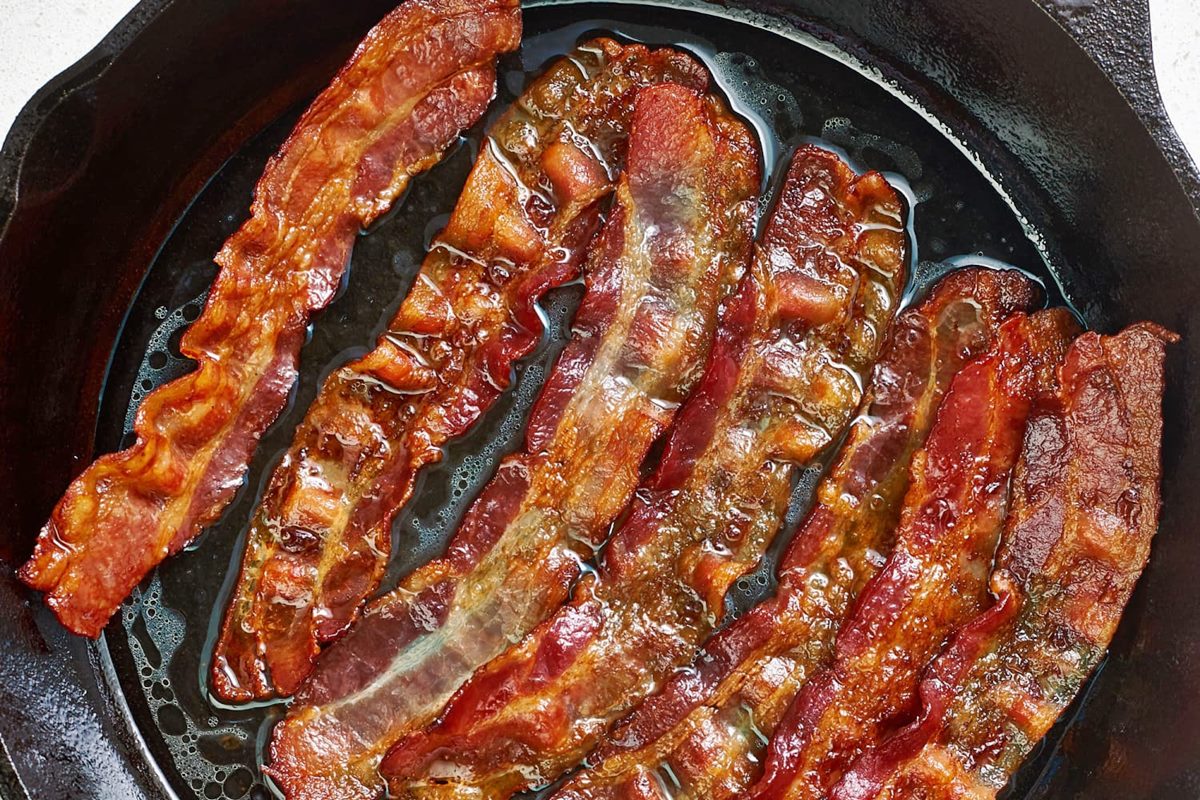How To Fry A Whole Fish: A Guide to Perfectly Crispy Delights
There is something undeniably satisfying about indulging in a perfectly fried whole fish. The crispy skin, succulent flesh, and delicate flavors make it a culinary delight. If you’re a seafood lover looking to embark on the journey of frying a whole fish, fear not! This guide will walk you through the process step-by-step, ensuring that you achieve restaurant-quality results in the comfort of your own kitchen.
Why Fry a Whole Fish?
Frying a whole fish not only yields a visually stunning dish but also helps retain the natural moisture and flavors intact. By frying the fish whole, it remains juicy and tender, providing a fantastic eating experience.
Choosing the Right Fish
When it comes to frying a whole fish, it’s essential to choose the right type. Opt for varieties that have firm flesh and minimal bones, such as red snapper, tilapia, or branzino. You can ask your local fishmonger for recommendations, ensuring that you select a fish that suits your taste preferences.
Preparing the Fish
Before diving into the frying process, there are a few crucial steps to undertake in preparing the fish:
- Clean the fish: Rinse the fish under cold water and pat it dry with paper towels. Ensure that the scales and fins are removed, and the inside of the fish is thoroughly cleaned.
- Season the fish: Rub the fish with a mixture of salt, pepper, and your favorite herbs and spices. This step enhances the flavor and adds a delicious aromatic touch.
- Score the flesh: Use a sharp knife to make diagonal cuts along both sides of the fish. This helps the fish cook evenly and allows the seasoning to penetrate the flesh.
The Perfect Frying Technique
Now that your fish is ready, it’s time to bring out the frying pan and create that irresistibly crispy exterior. Here’s how to do it:
- Use a wide pan: A wide pan with high sides works best for frying a whole fish. It provides ample space for the fish to cook evenly and for oil temperature to remain consistent.
- Heat the oil: Add enough oil to the pan, ensuring that it covers approximately one-third of the fish’s height. Heat the oil to around 350°F (175°C) to achieve the perfect frying temperature.
- Carefully place the fish in the pan: Gently lay the seasoned fish into the hot oil, taking care to avoid any splattering. Fry the fish for about 4-5 minutes per side, until it turns golden brown.
- Drain excess oil: Once the fish is beautifully golden and crispy, carefully remove it from the pan and place it on a wire rack or paper towels to drain any excess oil.
Serving and Enjoying the Delightful Result
Now that your whole fish is perfectly fried, it’s time to enjoy the fruits of your labor! Serve it alongside steamed rice, a refreshing salad, and perhaps a squeeze of lemon for an extra burst of flavor.
Whether you’re cooking for a special occasion or simply treating yourself to a delectable seafood feast, mastering the art of frying a whole fish is a skill worth attaining. With practice and patience, your culinary prowess will soar, and your taste buds will thank you for it. So grab your apron, gather your ingredients, and embark on a journey of frying perfection!
Was this page helpful?
Read Next: How To Fry Fish In An Air Fryer
